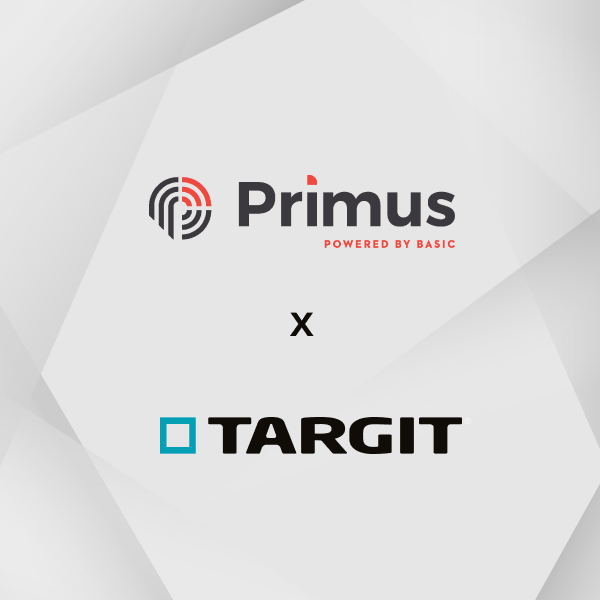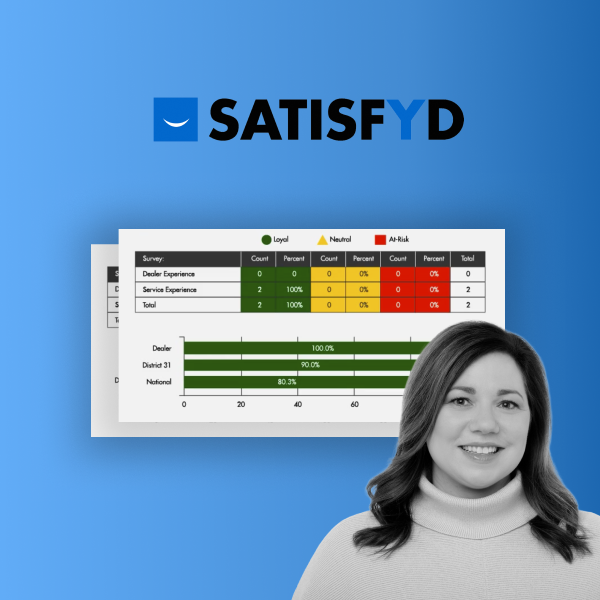Heavy equipment dealerships often face a unique set of roadblocks when looking for integrated business intelligence (BI) and analytics solutions.
First and foremost, most dealerships simply don’t have the internal capabilities to implement a comprehensive BI solution. Plus, their existing Dealer Management Systems such as Dealer Information Systems Corporation (DIS) require complex customizations to integrate with third-party BI tools.
TARGIT’s Business Intelligence Accelerator (BIA) for DIS Quantum (previously known as Keystone) takes the complexities out of the equation, giving dealerships an analytics solution that’s built around their existing DMS.
In this post, we’ll share four ways the BIA for DIS helps dealerships optimize reporting and harness more insights from their data.
#1 Jumpstart Your Dealership’s BI Operations
Enterprise data warehouses are complex and creating one from the ground up requires a heavy internal lift. Measured technical expertise is especially important when integrating a data warehouse with an existing internal system like the DIS.

Many dealerships simply don’t have the infrastructure to develop and implement full-scale BI solutions and data warehouses. This gap forces them to make do with incompatible legacy systems and manual processes.
The BIA for DIS was designed by BI experts with decades of experience in the heavy equipment space. The pre-scripted BI solution eliminates months of setup and implementation work that helps teams deliver value from day one. Plus, dealers avoid the significant upfront expenses associated with manual implementation. This custom BI accelerator also includes 30+ reports that help dealers establish a baseline for their BI and analytics reporting.
#2 Gain New Insights into Dealership Performance
Many dealerships rely on a mix of legacy systems and DIY workarounds that allow them to access and organize multiple data sources. This approach can create blind spots and leave internal staff scrambling to hunt down data from several sources that may be challenging to access or pull from without technical expertise.

With TARGIT’s BIA for DIS in place, dealerships can easily flow data from legacy management systems through TARGIT InMemory to create a single source of data truth that updates in near real-time.
Since it’s designed exclusively for DIS Quantum, integration is quick and easy. Plus, dealerships can create and customize a comprehensive BI dashboard that organizes insights related to:
- Finance & Accounting
- Rental
- Parts
- Sales & Equipment
- Services
These insights inform reporting and help management keep a close eye on dealership performance. They also allow teams to produce digestible reports and identify the best success metrics for their operations.
The value of these data-driven insights goes beyond internal operations and goal tracking. Dealerships can also share critical metrics related to fleet management, maintenance, fuel usage, and more with construction contractors and other customers to help them understand the true cost of their jobs and the total value of their equipment.
#3 Automate Data Collection and Reporting
At most dealerships, traditional reporting requires hours of manual effort. Employees slowly mine legacy platforms and pull files from the DIS with mixed results. It’s not uncommon for DIS files to follow outdated reporting structures or include gaps due to multiple system updates and formatting changes.

Teams must spend hours reconciling discrepancies and converting characters to a hexi-decimal format when this happens. This process is time-consuming for even the most experienced DIS users. As a result, non-technical staff may get lost in the platform as they attempt to aggregate and report on disorganized data.
TARGIT’s BIA for DIS provides custom, pre-defined reporting structures that account for the complexities of DIS and the potential roadblocks associated with legacy versions of the tools. It fully automates standard reporting functions, turning an arduous process into one that’s completed in a matter of minutes. Plus, it virtually eliminates the risk of human error and frees finance teams up to focus on other essential tasks.
Once the reports are created, dealers can distribute them quickly and easily through TARGIT. This ensures the entire team has access to insights and increases user adoption at every level of dealership operations.
#4 Stay Agile and Improve Efficiency
As dealerships look to stay competitive and keep up with changes in the marketplace, they must also ensure they have innovative technologies to support their ongoing success. In most cases, dealerships use their system data to identify errors and mitigate concerns after they arise.

This reactive approach to business intelligence may help them resolve critical issues, but it often will put them behind the industry curve and keep them from focusing on the bigger picture.
TARGIT Decision Suite and the BIA for DIS allow dealerships to make proactive improvements based on their system data. They can use historical trends to forecast and pivot their priorities at a moment’s notice — with the confidence that their solutions are backed by reliable insights.
The BIA for DIS gives dealers the tools they need to leverage the full power of their data. Plus, its advanced customizations and integration capabilities make it a future-focused investment in dealership BI operations.
Find out how this exclusive BI solution can streamline your operations and help your teams adopt a proactive, data-driven approach to dealership management. Request a personalized demo today.




